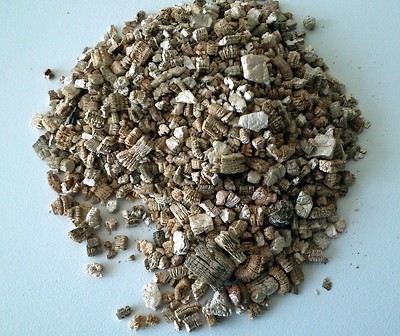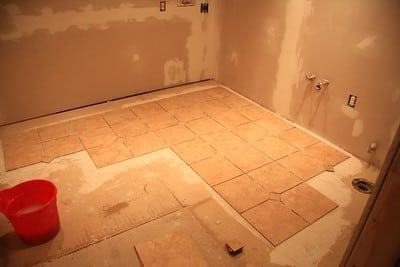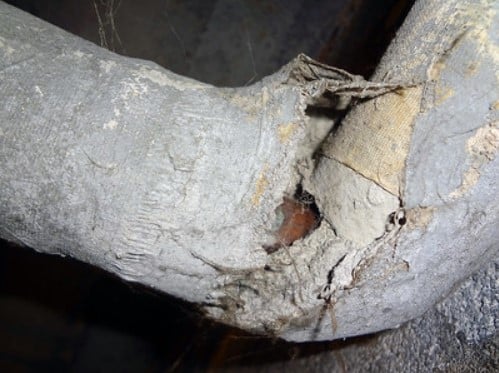1. Drywall
I am sure that everyone has mentioned this one before, and for good reason. Drywall, or the joint compound which is used to seal drywall is the number one major culprit for asbestos in the home. Before we knew that asbestos was horrible for us, asbestos was added to the mudding to improve strength and flame resistance. Whether it’s patching up a small hole or remodeling your entire main floor it’s best to get your drywall tested by a professional asbestos inspector at ASE Services.

2. Ceiling Texture
Love it or hate it (I don’t know a single person who loves it) ceiling texture is a staple in homes built before the 80’s. Almost everyone I know that’s buying an old home wants to get rid of this stuff. Worst part is, lots of times these textures were applied as spray on asbestos insulation. If you’re thinking about purchasing an older property and want to get rid of the popcorn ceiling, it’s best to contact the professionals at ASE Services and confirm if you’re dealing with asbestos.

3. Vermiculite Insulation
Often found in attics, vermiculite insulation is a mineral that looks a lot like tiny bits of gravel and was used in the 1960’s-1980’s to insulate homes. Although the vermiculite itself does not contain asbestos, the mineral was mined in the same open pit as asbestos, causing the insulation to become contaminated. Given that new, old, contaminated, and safe vermiculite are identical it’s best avoids disturbing the material yourself and call an inspector at ASE Services to sample the material.

4. Flooring
When you step into an old home built before the 1980’s and see four different types of flooring, you already know you are in for a few renovations. Whether it is vinyl sheet flooring or ceramic tile, the material along with the adhesive can contain deadly asbestos fibers. Often in older homes, previous renovations were conducted by placing new flooring on top of old flooring, like a morbid crepe cake of sorts. This often leads to homeowners discovering multiple layers of flooring mid renovation. When you come across any old flooring make sure to give a professional asbestos inspector at ASE Services a call.

5. Caulking
Asbestos being both waterproof, fireproof, and extremely durable made it the perfect material to be used for window caulking. Like other asbestos containing material, the fibers cannot be released into the air unless the caulking is damaged and requires removal. If you are thinking about replacing those old heat leaking windows it is best to have an asbestos inspection done by ASE Services on any suspect areas.

6. Roofing and Vinyl
As we have discussed previously, asbestos is a material that is both waterproof, fireproof, and durable, essentially a perfect material to be used on the exterior of homes. Whether it is stucco, siding, or roof tile, asbestos could have been used to reinforce those materials. Whenever you are unsure, contact ASE Services to grab a sample for analysis before proceeding with demolition.

7. Pipe Insulation
Often Asbestos pipe wrap is a paper-like material located on older pipe elbows and connective joints. Like all asbestos containing material, left undisturbed pose no threat. But how many people do we know have had a pipe burst in the spring. The constant heating and cooling of water in pipes can often lead to cracking. When you run into a situation where you might need to replace your old pipes give ASE Services a call so we can test to see if there is any asbestos.
